Home>Interior Design>Emily Henderson: Design Lessons From A 1910 Farmhouse Renovation
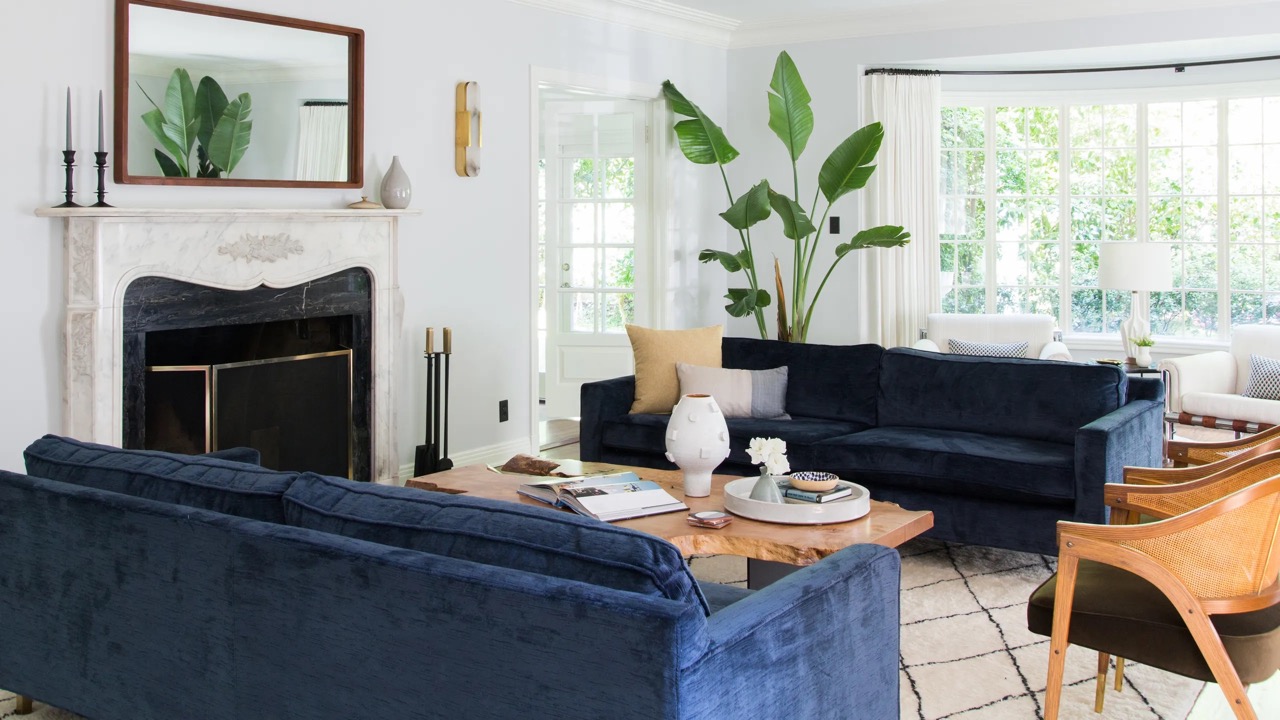

Interior Design
Emily Henderson: Design Lessons From A 1910 Farmhouse Renovation
Modified: February 24, 2024
Discover interior design lessons from Emily Henderson's stunning renovation of a 1910 farmhouse. Get inspired and learn how to bring timeless charm into your own home.
(Many of the links in this article redirect to a specific reviewed product. Your purchase of these products through affiliate links helps to generate commission for Storables.com, at no extra cost. Learn more)
Introduction
Welcome to the world of interior design, where every space tells a story and every room is a canvas for creativity. In this article, we will dive into the fascinating realm of design and draw inspiration from Emily Henderson’s remarkable renovation of a 1910 farmhouse. With a passion for blending vintage charm with modern sensibilities, Emily has turned this historic home into a true masterpiece.
Renovating a century-old farmhouse presents a unique challenge and an opportunity to honor the past while infusing it with contemporary elements. It requires a delicate balance between preserving the original architectural features and incorporating modern functionality. Emily expertly navigates this journey, creating a space that not only respects the farmhouse’s history but also welcomes the comforts of the present.
Throughout this article, we will explore the various design lessons that can be learned from Emily’s farmhouse renovation. From creating an open floor plan to revamping the kitchen and dining area, each aspect of the project showcases Emily’s eye for detail and her ability to transform a space into something truly exceptional.
So sit back, relax, and immerse yourself in the world of design from the past and the present, as we unravel the secrets behind Emily Henderson’s 1910 farmhouse renovation.
Key Takeaways:
- Emily Henderson’s renovation of the 1910 farmhouse seamlessly blends vintage charm with modern amenities, showcasing the transformative power of interior design and the importance of preserving historical features.
- By incorporating sustainable design elements, Emily Henderson’s renovation serves as an inspiration for homeowners and designers, emphasizing the potential of interior design to create beautiful, functional, and environmentally responsible spaces.
The History of the 1910 Farmhouse
Before delving into the design transformation, it’s important to understand the history behind the 1910 farmhouse that served as the foundation for Emily Henderson’s renovation. This charming farmhouse holds a rich history, rooted in the agricultural traditions of the past.
The farmhouse was originally built in 1910, nestled amidst rolling fields and a picturesque landscape, as the dwelling of a local farming family. It stood as a testament to the hard work and resilience of those who cultivated the land, providing shelter and a sense of home within its walls.
Over the years, the farmhouse witnessed the passing of generations and the ever-changing landscape of agriculture. Its sturdy construction and rustic aesthetic were a testament to the craftsmanship of the era, while the interior spaces bore the marks of a well-lived life.
Emily Henderson recognized the historical significance of the farmhouse and embarked on a journey to restore its former glory. With the utmost respect for the heritage of the house, she aimed to blend its traditional charms with a modern touch, creating a harmonious balance between old and new.
By carefully researching the architectural elements and historical context, Emily was able to gain a deep understanding of the farmhouse’s original design and charm. This knowledge served as a guiding light throughout the renovation process, ensuring that each decision was in harmony with the house’s heritage.
With a focus on preservation and homage to the past, Emily embarked on a mission to transform the 1910 farmhouse into a timeless masterpiece that seamlessly blends vintage elegance with contemporary comforts. The history of the farmhouse provided the foundation for the design journey, laying the groundwork for the remarkable transformation that was about to unfold.
Join us as we explore the design inspiration and concept behind Emily Henderson’s renovation, where the rich history of the farmhouse merges with modern design sensibilities to create a space that effortlessly transcends time.
Design Inspiration and Concept
Every great design project starts with a vision, and Emily Henderson’s renovation of the 1910 farmhouse was no exception. Drawing inspiration from the farmhouse’s history, surrounding environment, and her own eclectic design style, Emily crafted a concept that would bring new life to this historic space.
One of the key inspirations for the renovation was the farmhouse’s rural setting. Surrounded by rolling hills, fields, and nature, Emily envisioned a design that would seamlessly integrate the indoor and outdoor spaces. She wanted to create a sense of harmony between the farmhouse and its natural surroundings, blurring the boundaries between inside and outside.
Another source of inspiration came from the farmhouse’s original architectural features. From the charming woodwork to the exposed beams, Emily was captivated by the unique character of the farmhouse. She sought to preserve these elements and incorporate them into the design, celebrating the house’s history and adding a touch of nostalgia.
Emily’s design concept was rooted in a desire to create an inviting and functional space, where the farmhouse would serve as a backdrop to everyday life. She envisioned rooms that were both aesthetically pleasing and livable, spaces that would effortlessly accommodate the needs and desires of the homeowners.
To achieve this, Emily embraced a mix of vintage and modern elements, blending old and new in a seamless and meaningful way. She sourced vintage furniture, accessories, and decor to add character and warmth, while also incorporating modern amenities and conveniences that would enhance the functionality of the space.
Color played a pivotal role in Emily’s design concept. Drawing inspiration from the farmhouse’s natural surroundings, she opted for a soft and neutral palette with pops of color to create visual interest. These subtle earth tones and muted hues provided a serene and calming atmosphere, allowing the beauty of the farmhouse’s architectural details to shine.
Ultimately, Emily’s design concept for the 1910 farmhouse was centered around preserving the integrity of the past while infusing it with modern comforts and style. The result is a space that is not only visually stunning but also reflective of the homeowners’ personalities and lifestyles.
Next, we will explore how Emily transformed the 1910 farmhouse’s interior, starting with creating an open floor plan that breathes new life into the space.
Creating an Open Floor Plan
One of the most transformative aspects of Emily Henderson’s renovation of the 1910 farmhouse was the creation of an open floor plan. By removing partitions and walls, Emily was able to integrate the different living spaces, allowing for a seamless flow and maximizing the use of space.
Prior to the renovation, the farmhouse’s layout consisted of small, closed-off rooms that were common in older homes. This fragmented layout posed challenges for modern living, as it hindered natural light, limited communication between rooms, and created a sense of confinement.
Emily’s vision was to create a space that felt open, airy, and conducive to both family life and entertaining. She aimed to establish a connection between the kitchen, dining area, and living room, promoting interaction and creating a welcoming atmosphere.
To achieve this, she began by demolishing the non-structural walls and removing unnecessary partitions. This opened up the space, allowing for an uninterrupted line of sight and encouraging a sense of openness. The result was a unified living area that fostered better communication and created a more spacious feel.
In addition to removing walls, Emily employed design techniques to delineate the different functional areas within the open floor plan. By strategically placing furniture, rugs, and lighting fixtures, she created defined spaces without sacrificing the overall openness of the layout.
Another key element in creating an open floor plan was the incorporation of ample natural light. Emily recognized the importance of natural light in enhancing the sense of openness and creating a warm and inviting ambiance. She installed large windows and French doors, allowing the farmhouse to embrace its scenic surroundings and flood the interior with natural sunlight.
By transforming the farmhouse’s layout into an open floor plan, Emily not only modernized the space but also breathed new life into its design. The removal of walls and the introduction of natural light revitalized the interior, creating a bright and welcoming environment that is ideal for modern living.
In the next section, we will explore how Emily preserved the original architectural features of the 1910 farmhouse, paying homage to its rich history and character.
Preserving the Original Architectural Features
One of the guiding principles in Emily Henderson’s renovation of the 1910 farmhouse was the preservation of its original architectural features. These features not only added character and charm to the space but also served as a testament to the farmhouse’s historical significance.
As Emily embarked on the renovation, she carefully assessed and documented the farmhouse’s original architectural elements. From the exposed beams to the intricate woodwork, every detail was meticulously examined and deemed worthy of preservation.
In order to maintain the integrity of the farmhouse, Emily employed various techniques to bring out the beauty of these original features. She refinished the hardwood floors, restoring their natural luster and highlighting the unique grain patterns. This not only enhanced the authenticity of the space but also added warmth and richness to the overall design.
Another architectural feature that Emily lovingly preserved was the farmhouse’s exposed beams. These structural elements, with their weathered texture and rustic appeal, were simply too precious to cover up. Emily carefully cleaned and treated the beams, allowing them to become a focal point in the design while also adding a touch of nostalgia.
In addition to the beams, Emily paid homage to the farmhouse’s original woodwork. Whether it was the intricate trim around the doors and windows or the decorative stair railing, she made sure to preserve these details, ensuring that they were incorporated seamlessly into the new design.
To complement the preserved architectural features, Emily incorporated vintage-inspired furnishings and decor that enhanced the farmhouse’s historic charm. Antique furniture pieces, vintage light fixtures, and carefully curated accessories all contributed to the nostalgic ambiance of the space, further emphasizing the farmhouse’s unique character.
By preserving the original architectural features, Emily not only honored the history and heritage of the farmhouse but also added depth and authenticity to the overall design. The marriage of old and new created a truly harmonious space that celebrates the past while welcoming the present.
The next section will focus on the transformation of the kitchen and dining area, where Emily worked her magic to create functional and inviting spaces.
Updating the Kitchen and Dining Area
In Emily Henderson’s renovation of the 1910 farmhouse, the kitchen and dining area underwent a remarkable transformation. With a keen eye for both aesthetics and functionality, Emily created spaces that combined timeless charm with modern conveniences.
The farmhouse’s original kitchen was outdated and cramped, lacking the necessary space and amenities for modern cooking and entertaining. Emily envisioned a kitchen that would be the heart of the home, where the family could gather, cook, and share meals together.
To achieve this, Emily started by reconfiguring the kitchen layout. She removed walls and expanded the space, creating an open and functional area. This allowed for the inclusion of a large center island, providing ample workspace and a central gathering spot for family and friends.
In terms of design, Emily opted for a classic farmhouse aesthetic with a touch of modern elegance. She selected cabinetry in a soft white color, complemented by brushed nickel hardware and subway tile backsplash. This combination exuded a timeless appeal while creating a bright and airy ambiance.
One of the standout features in the updated kitchen was the use of reclaimed wood for the countertops. This not only added warmth and character to the space but also paid homage to the farmhouse’s history and sustainable design principles.
In the dining area, Emily aimed to create a space that was both inviting and functional. She chose a farmhouse-style dining table, surrounded by a mix of vintage and modern seating options. This eclectic blend added visual interest and created a relaxed and comfortable atmosphere.
To enhance the dining experience, Emily incorporated statement lighting fixtures above the table. These fixtures acted as focal points in the space while also providing ample task lighting for mealtime and entertaining.
In terms of storage, Emily recognized the importance of efficient and organized space in a functional kitchen. She incorporated custom cabinetry with thoughtful storage solutions, allowing for easy access to cookware, utensils, and pantry items. This ensured that the kitchen remained clutter-free while maximizing functionality.
The transformation of the kitchen and dining area in the 1910 farmhouse exemplifies Emily Henderson’s design prowess and attention to detail. By marrying classic farmhouse elements with modern conveniences, she created spaces that are both visually stunning and a joy to use.
Continuing our journey, we will now explore the design process behind the transformation of the living room, where comfort meets style in Emily’s stunning renovation.
When renovating a farmhouse, consider preserving original architectural details like exposed beams and wood floors to maintain the character of the space.
Designing a Functional and Stylish Living Room
In the renovation of the 1910 farmhouse, Emily Henderson’s design expertise shines through in the transformation of the living room. Combining functionality and style, she created a space that exudes comfort, elegance, and a touch of vintage charm.
The living room serves as the primary gathering space for the homeowner and their guests, so it was crucial for Emily to prioritize functionality while maintaining a cohesive design aesthetic.
Emily began by selecting a comfortable and visually appealing seating arrangement. She opted for a mix of vintage-inspired sofas and armchairs, upholstered in durable and cozy fabrics. This choice not only provided a comfortable place to relax but also added to the overall design aesthetic.
To create a cohesive and inviting atmosphere, Emily carefully curated a selection of textiles, including throw pillows, blankets, and area rugs. These elements added texture, warmth, and visual interest to the space while tying together the color palette and design scheme.
Lighting played a crucial role in the design of the living room. Emily incorporated a combination of ambient, task, and accent lighting to create layers of illumination. This allowed for both functionality and ambiance, with the ability to adjust the lighting to suit the desired mood or activity.
Emily also paid attention to the storage needs in the living room, ensuring that there were ample options to stow away items and keep the space organized. She incorporated built-in bookcases, vintage cabinets, and storage ottomans, providing both functionality and a place to display treasured items.
The focal point of the living room was the fireplace. Emily recognized its historical significance and made sure to highlight it as a feature of the space. She added a mantel with vintage-inspired decor, creating a cozy and inviting area for lounging and gathering around the fire.
Lastly, Emily carefully selected artwork and accessories to personalize the living room and infuse it with the homeowner’s personality. These items added the finishing touches, giving the space a sense of warmth and character.
The result of Emily’s design efforts was a living room that seamlessly blended functionality with style. It served as a welcoming and comfortable space for everyday living and also as an impressive area for entertaining guests.
As we move forward, we’ll explore the restoration of the bedrooms and bathrooms, where Emily’s design vision continues to shine.
Restoring the Bedrooms and Bathrooms
In the restoration of the 1910 farmhouse, Emily Henderson turned her attention to the transformation of the bedrooms and bathrooms. With a mix of vintage charm and modern functionality, she created spaces that exuded comfort, style, and a sense of tranquility.
The bedrooms in the farmhouse were given new life through a combination of thoughtful design choices and careful preservation of the original architectural features. Emily recognized the importance of creating a restful and relaxing atmosphere in these spaces.
In each bedroom, Emily selected a color palette that reflected the farmhouse’s natural surroundings and maintained a sense of calm. Soft hues and earth tones were complemented by layers of cozy textiles, creating a warm and inviting ambiance.
She paid careful attention to the selection of furniture, opting for timeless pieces that added both functionality and beauty to the rooms. Vintage-inspired bed frames, dressers, and nightstands were chosen to create a cohesive and cohesive design aesthetic that blended seamlessly with the farmhouse’s charm.
In terms of lighting, Emily incorporated a mix of natural and artificial light sources. She maximized the natural light by installing large windows and strategically placing reflective surfaces. Additionally, she incorporated ambient and task lighting to ensure functionality and to create an inviting atmosphere.
Emily also recognized the importance of storage in the bedrooms. She designed custom closets and included built-in storage solutions to ensure that each room remained organized and clutter-free. This attention to detail not only enhanced the functionality of the space but also added to the overall design aesthetic.
Turning to the bathrooms, Emily blended vintage elements with modern amenities to create spaces that were both beautiful and practical. She embraced the farmhouse’s original architectural features, such as exposed pipes and vintage fixtures, while incorporating modern conveniences such as rainfall showers and efficient storage solutions.
The bathrooms were designed with attention to detail, from the selection of tiles to the choice of fixtures and finishes. Emily opted for clean lines, neutral color palettes, and luxurious materials, creating spaces that were serene and spa-like.
Through her design choices, Emily transformed the bedrooms and bathrooms into havens of comfort and style within the 1910 farmhouse. The thoughtful preservation of original features and the integration of modern elements created spaces that seamlessly blend the past with the present.
Next, we’ll explore how Emily added modern touches to the exterior, enhancing the farmhouse’s curb appeal and creating an inviting outdoor space.
Adding Modern Touches to the Exterior
In the renovation of the 1910 farmhouse, Emily Henderson paid equal attention to the exterior, adding modern touches that enhanced the farmhouse’s curb appeal and created a welcoming outdoor space.
One of the key elements in updating the exterior was the addition of fresh paint to breathe new life into the farmhouse’s facade. Emily chose a color palette that complemented the farmhouse’s surroundings while adding a modern twist. Neutral tones with subtle pops of color created a harmonious blend of old and new.
Emily also recognized the importance of landscaping in creating an inviting and well-maintained exterior. She curated a selection of native plants and shrubs that provided year-round color and texture, while also being low-maintenance and sustainable.
To enhance the functionality and enjoyment of the outdoor space, Emily incorporated modern elements such as a patio area and outdoor seating. These additions transformed the farmhouse’s exterior into an extension of the living space, providing a place to gather, relax, and entertain.
Lighting played a crucial role in accentuating the farmhouse’s exterior beauty during the evening hours. Emily strategically placed outdoor lighting fixtures to highlight architectural features and walkways, creating a welcoming and safe environment.
Another modern touch Emily added to the farmhouse’s exterior was the inclusion of environmentally friendly features. She installed solar panels to generate electricity, reducing the home’s carbon footprint and promoting sustainability.
In addition to the aesthetic and functional enhancements, Emily paid attention to the farmhouse’s historical significance and architectural integrity. She carefully preserved and restored original features such as the front porch, preserving its charm while ensuring its durability for years to come.
By incorporating modern touches into the farmhouse’s exterior, Emily successfully transformed the space into an inviting and visually appealing retreat. The modern elements blended harmoniously with the farmhouse’s historical charm, creating a balanced and timeless design.
As we conclude our exploration of Emily Henderson’s renovation of the 1910 farmhouse, it is evident that her expertise and creative vision have turned this historic space into a remarkable home that seamlessly blends the past with the present.
The renovation showcases the possibilities of combining vintage charm with modern sensibilities, paying homage to the farmhouse’s history while ensuring it meets the needs and desires of contemporary living. It serves as a testament to the power of thoughtful design and showcases the transformative nature of interior design.
Whether it’s the open floor plan, the preservation of original architectural features, the updated kitchen and dining area, the restored bedrooms and bathrooms, or the modern touches added to the exterior, each aspect of Emily Henderson’s renovation tells a story of creativity, functionality, and timeless beauty.
So let this serve as an inspiration as you embark on your own design journey, whether it be renovating an old farmhouse or transforming any other space. Embrace the possibilities, honor the past, and infuse your own personal touch to create a space that is not only visually stunning but also a true reflection of who you are.
Incorporating Sustainable Design Elements
In addition to the aesthetic and functional aspects of the renovation, Emily Henderson placed a strong emphasis on incorporating sustainable design elements into the 1910 farmhouse. Her commitment to environmental responsibility and conscious design choices speaks to the growing importance of sustainability in the world of interior design.
One of the key sustainable design elements Emily incorporated was the use of reclaimed and repurposed materials. She sourced vintage furniture, salvaged wood, and reclaimed materials from local suppliers, giving new life to forgotten pieces and reducing the demand for new resources.
The farmhouse’s original architectural features were also prioritized in the sustainability efforts. By preserving and restoring these elements, such as the exposed beams and hardwood floors, Emily minimized waste and retained the farmhouse’s inherent charm.
Energy efficiency played a crucial role in the renovation as well. Emily installed energy-efficient windows and appliances, as well as LED lighting fixtures throughout the farmhouse. These measures reduced the home’s energy consumption, decreasing its environmental impact and saving on utility bills.
Water conservation was another important consideration in the renovation. Emily incorporated low-flow plumbing fixtures and installed rainwater collection systems for irrigation purposes. These initiatives reduced water waste and promoted responsible water usage.
Emily also emphasized the importance of indoor air quality by choosing low-VOC (volatile organic compounds) and non-toxic paints, adhesives, and finishes. This ensured a healthy and environmentally-friendly living space for the homeowners.
The inclusion of sustainable design elements extended beyond the interior of the farmhouse. Emily incorporated native plants and landscaping techniques that minimized the need for excessive watering and chemical fertilizers. This not only reduced the environmental impact but also created a balanced ecosystem that encouraged biodiversity.
To further promote sustainability, Emily installed solar panels on the farmhouse’s roof. This renewable energy source reduced reliance on traditional electricity sources, contributing to a greener and more sustainable energy footprint.
By prioritizing sustainability in her design choices, Emily Henderson demonstrated that environmental responsibility and stylish design can go hand in hand. The incorporation of reclaimed materials, energy-efficient systems, water conservation measures, and eco-friendly practices showcased the potential for sustainable design to create beautiful and functional spaces.
As we conclude our journey through the 1910 farmhouse renovation, the importance of sustainability in interior design becomes clear. Emily’s commitment to incorporating sustainable elements serves as an inspiration for homeowners and designers alike, reminding us of the power we hold in creating spaces that are not only aesthetically pleasing but also environmentally responsible.
So, as you embark on your own design projects, consider the impact your choices can have on the environment. Embrace sustainable design practices, choose eco-friendly materials, and be conscious of the long-term sustainability of your design decisions. By doing so, you can make a positive difference for both your living space and the planet.
Conclusion
Emily Henderson’s renovation of the 1910 farmhouse is a testament to the transformative power of interior design. From the preservation of historical features to the integration of modern amenities, every aspect of the renovation was thoughtfully planned and executed to create a space that seamlessly blends the past with the present.
Throughout the project, Emily demonstrated her expertise in interior design while also showcasing her commitment to sustainability. By incorporating reclaimed materials, energy-efficient systems, and eco-friendly practices, she created a space that not only exudes beauty and functionality but also minimizes its environmental impact.
The renovation of the farmhouse reflects the importance of combining vintage charm with modern sensibilities. Emily skillfully navigated the delicate balance between preservation and transformation, paying homage to the farmhouse’s history while ensuring it meets the needs and desires of contemporary living.
From the open floor plan that breathes new life into the space to the restoration of original architectural features, the farmhouse’s transformation tells a story of creativity, functionality, and timeless beauty. Each room, from the kitchen and dining area to the bedrooms and bathrooms, was carefully designed to create spaces that are inviting, comfortable, and aesthetically pleasing.
Whether it was incorporating sustainable design elements or adding modern touches to the exterior, Emily’s renovation serves as an inspiration for homeowners and designers alike. It reminds us of the potential of interior design to create spaces that are not only visually stunning but also mindful of the environment.
As we conclude our journey through the 1910 farmhouse renovation, let it be a reminder that interior design is an art form that goes beyond aesthetics. It has the power to transform spaces, evoke emotions, and reflect the values and personalities of its occupants.
So, as you embark on your own design journey, draw inspiration from Emily Henderson’s renovation and embrace the possibilities. Honor the history and architectural integrity of your space while infusing it with your own personal style. And above all, strive for sustainability and conscious design choices that contribute to a better and more sustainable future.
With passion, creativity, and a commitment to environmentally responsible design, you too can create a space that tells a unique and captivating story, just like Emily Henderson did with the 1910 farmhouse.
Frequently Asked Questions about Emily Henderson: Design Lessons From A 1910 Farmhouse Renovation
Was this page helpful?
At Storables.com, we guarantee accurate and reliable information. Our content, validated by Expert Board Contributors, is crafted following stringent Editorial Policies. We're committed to providing you with well-researched, expert-backed insights for all your informational needs.
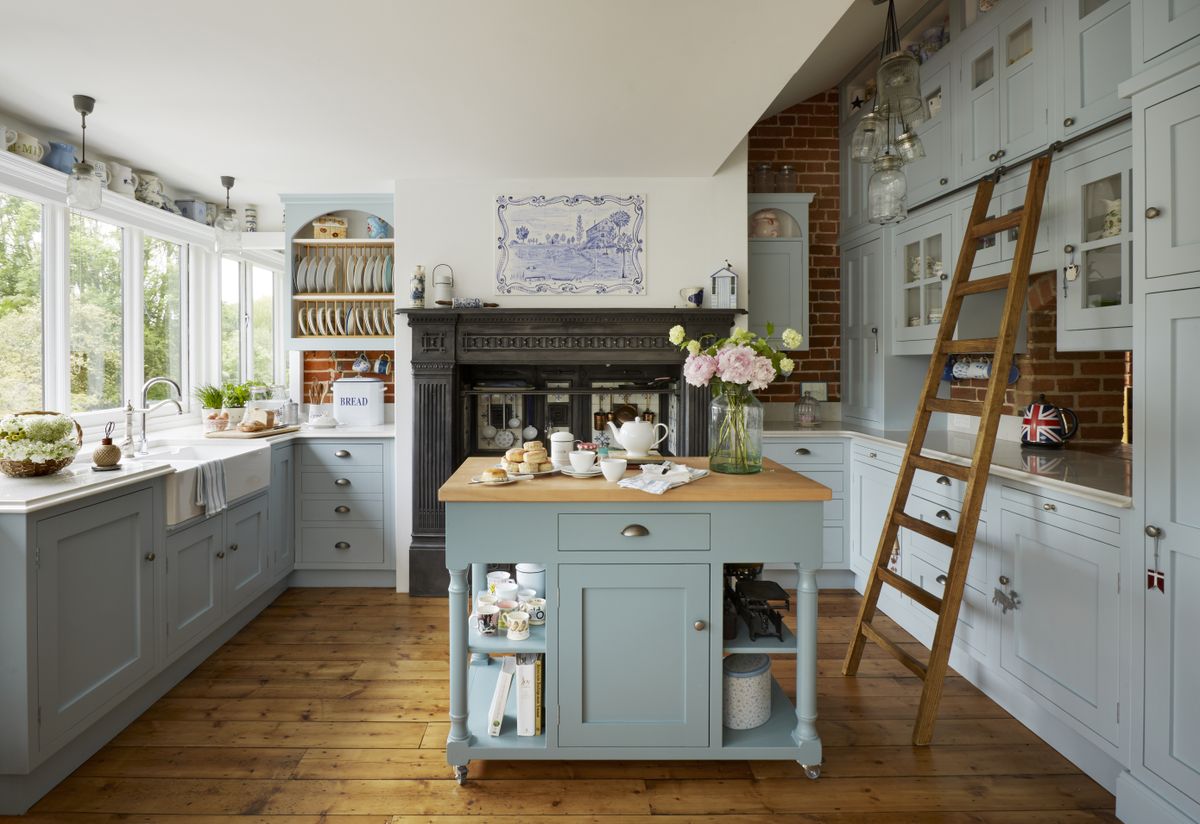
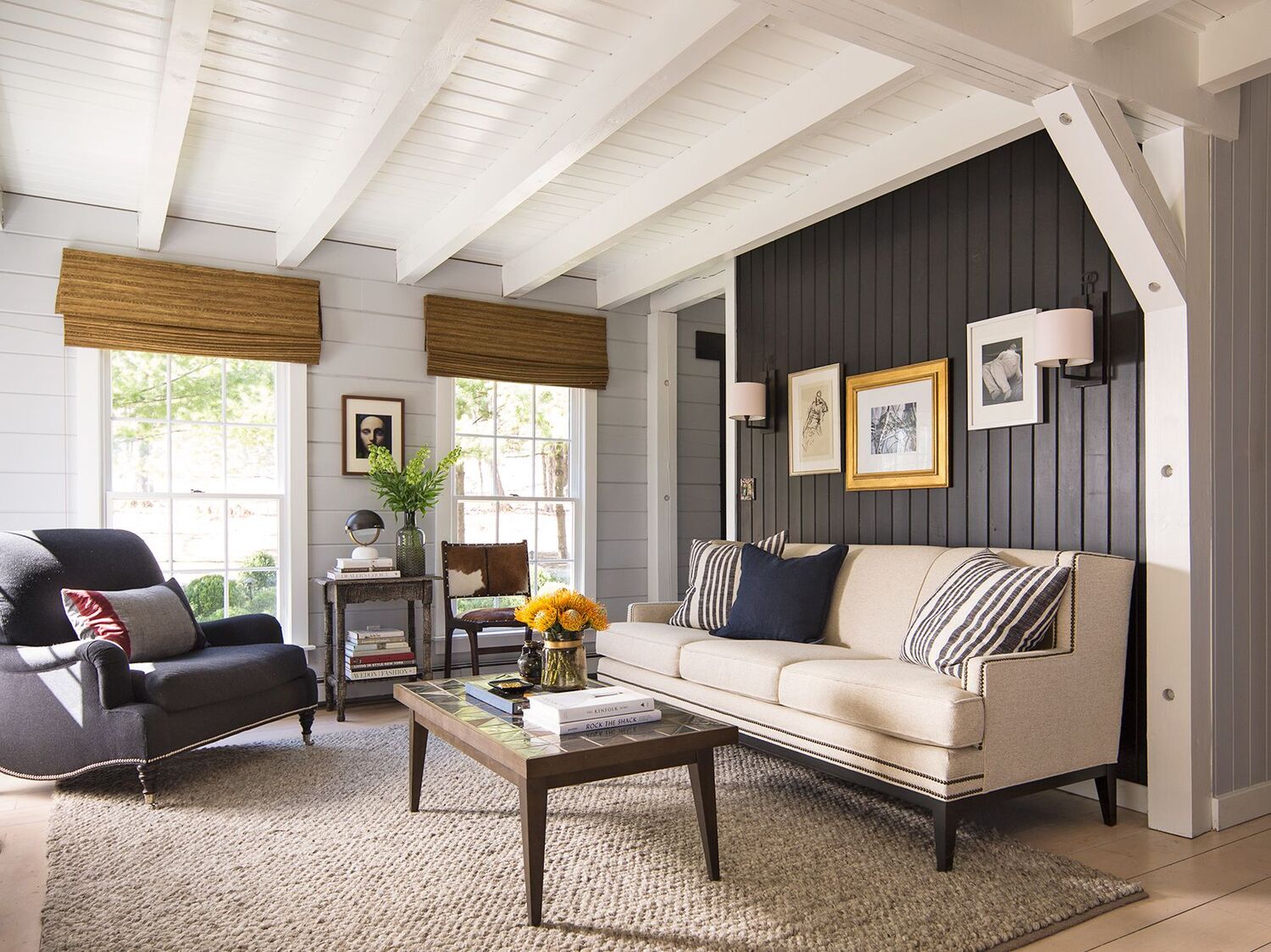
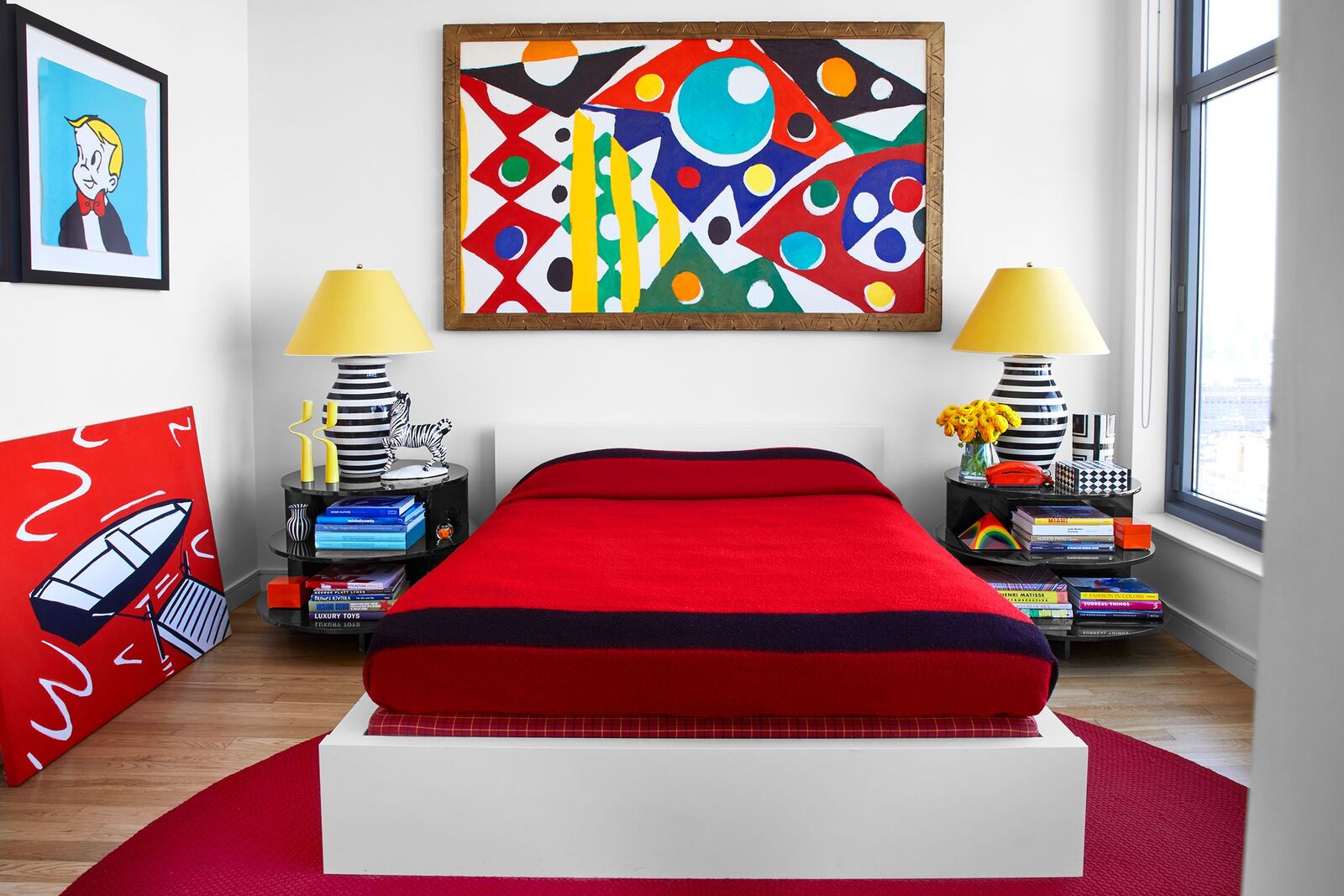
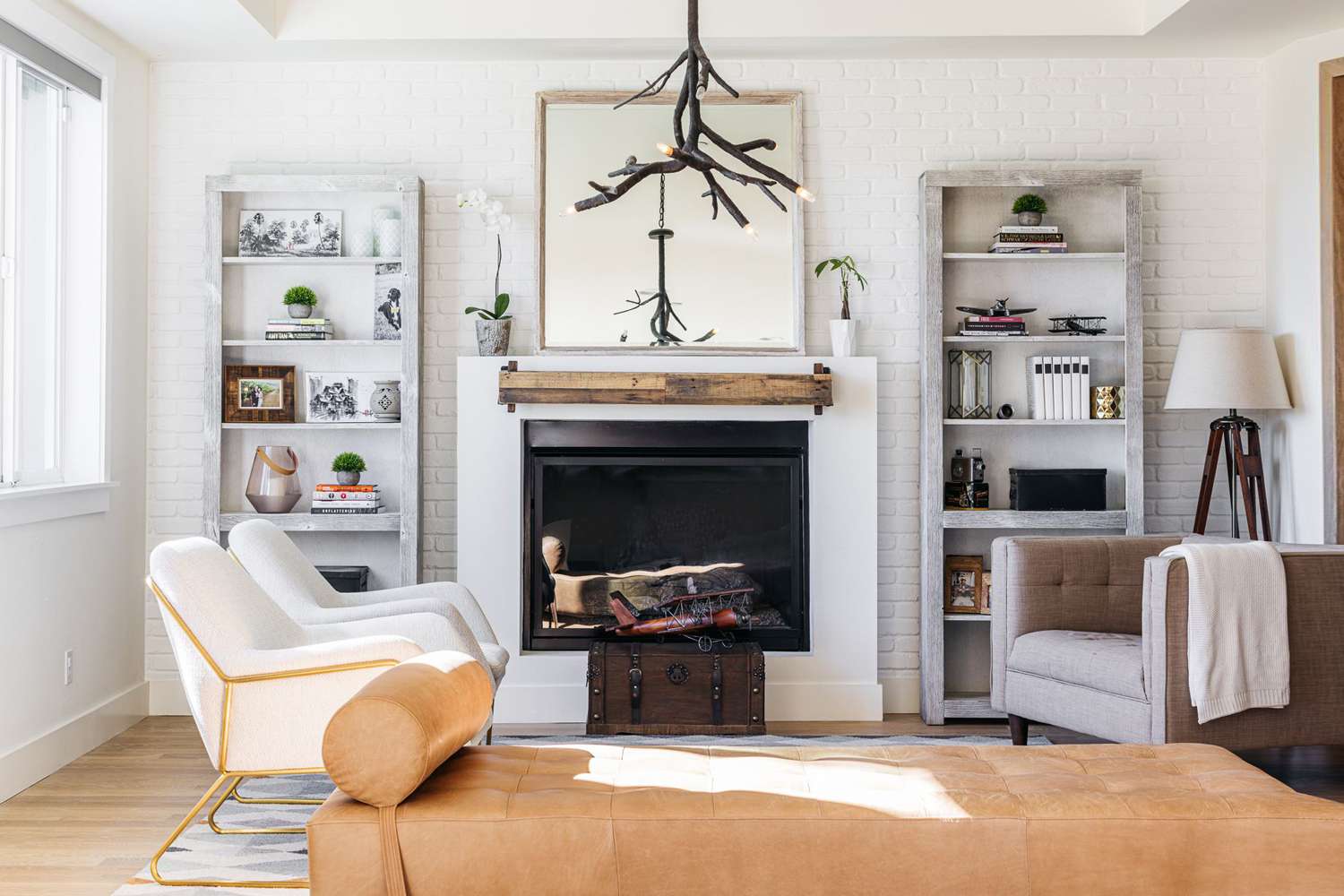
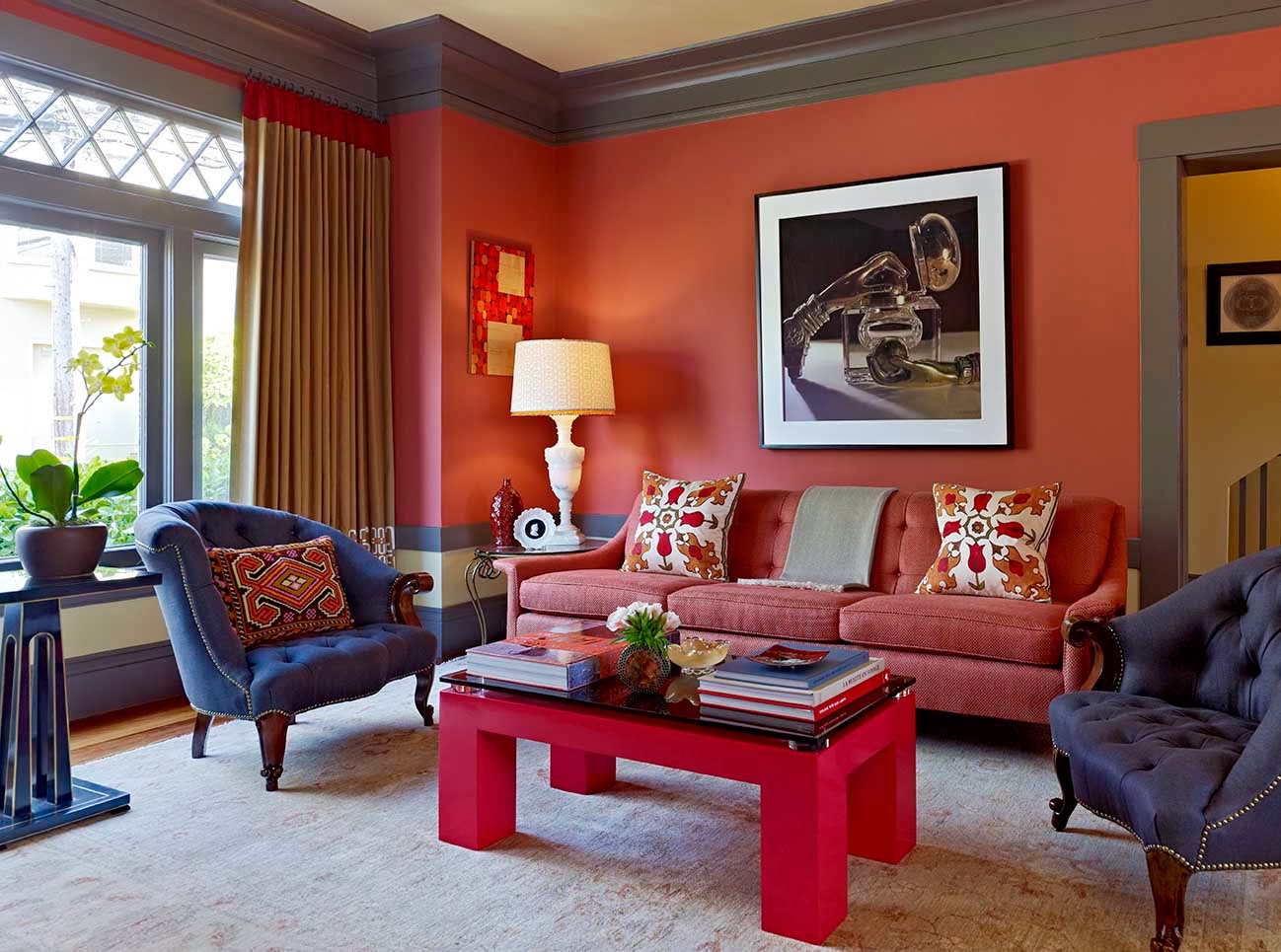

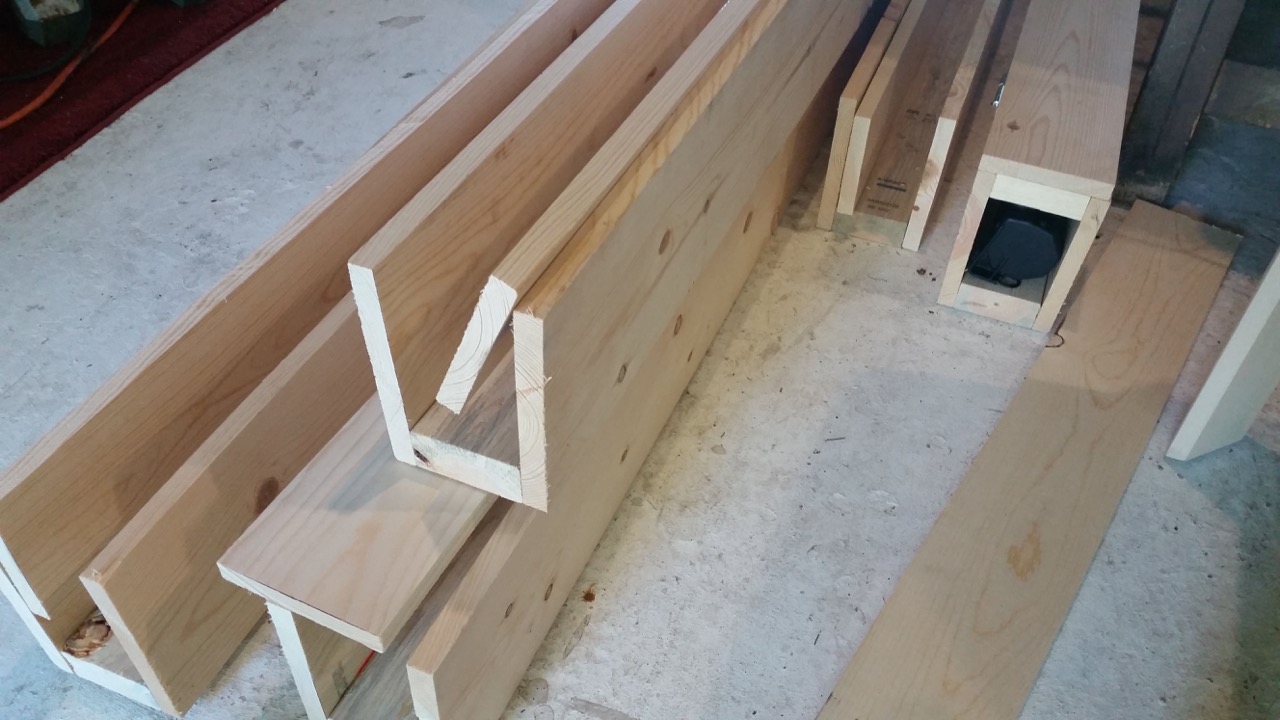
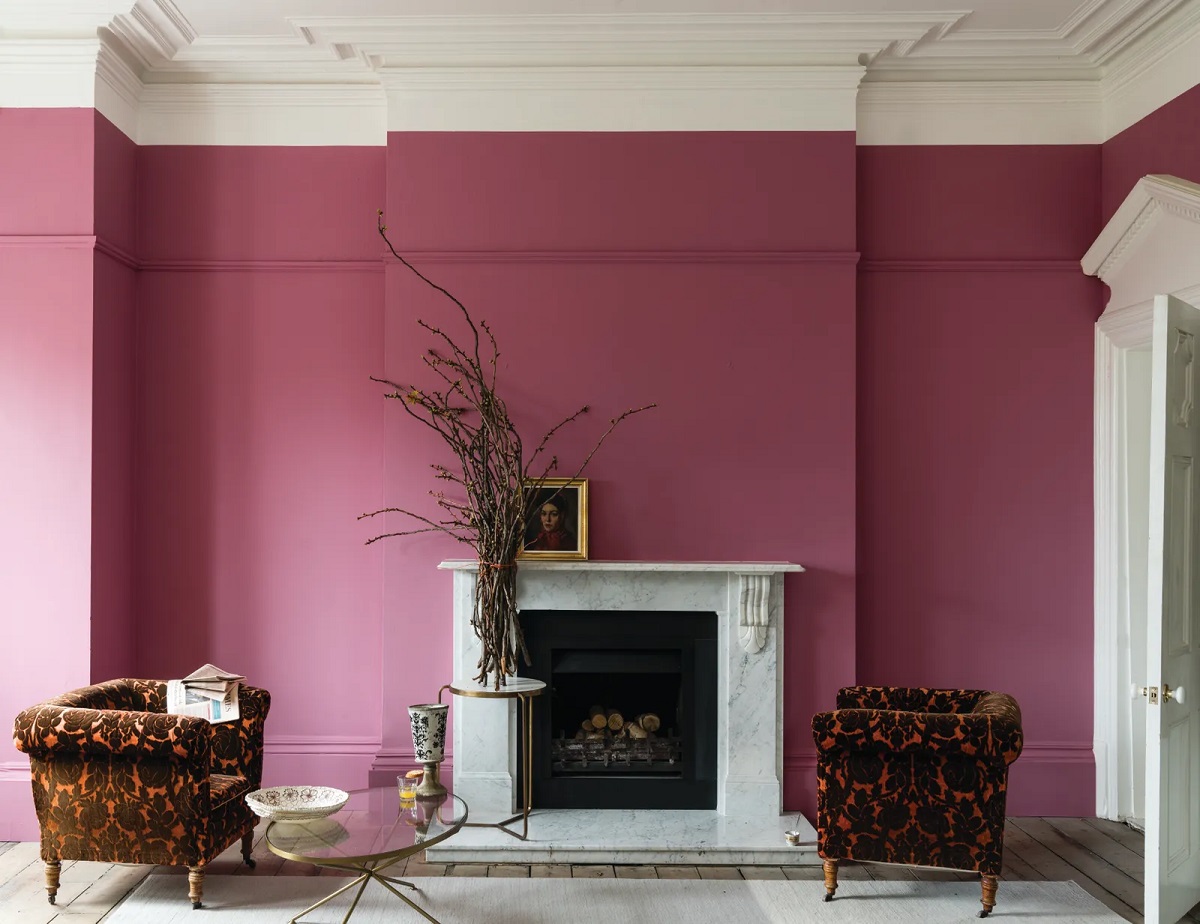
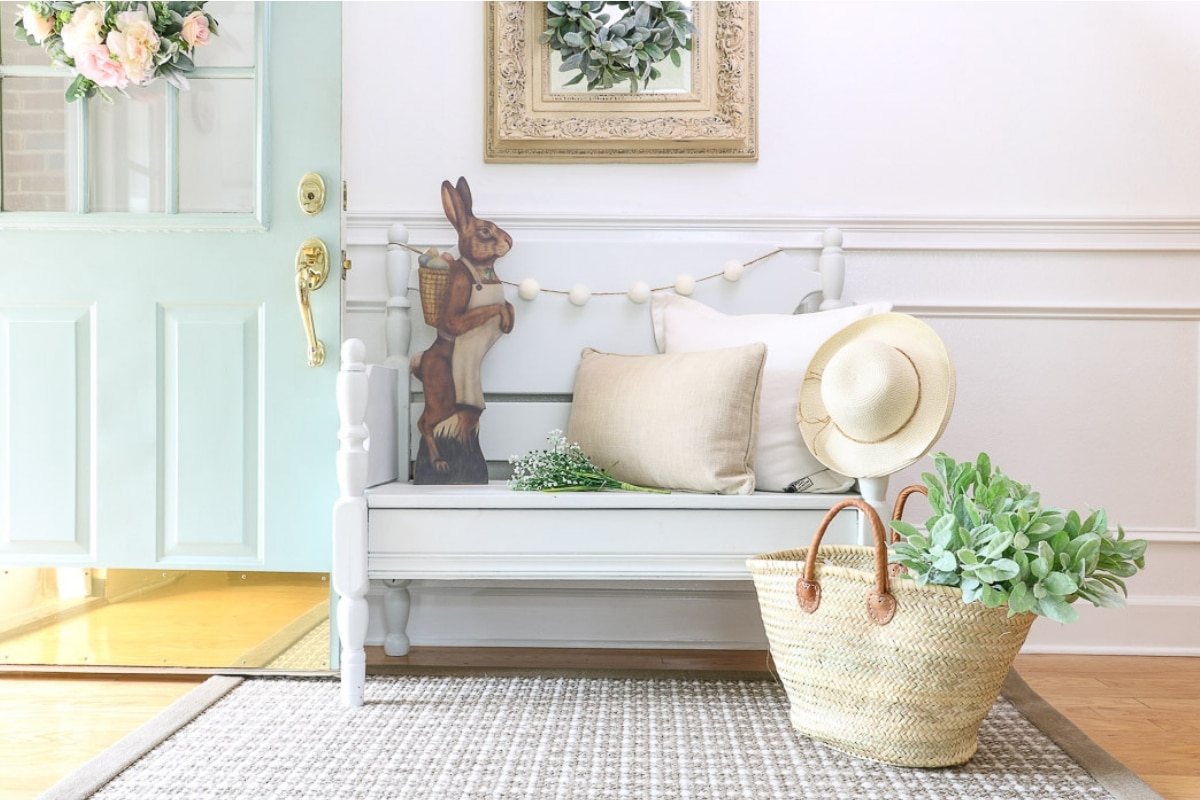
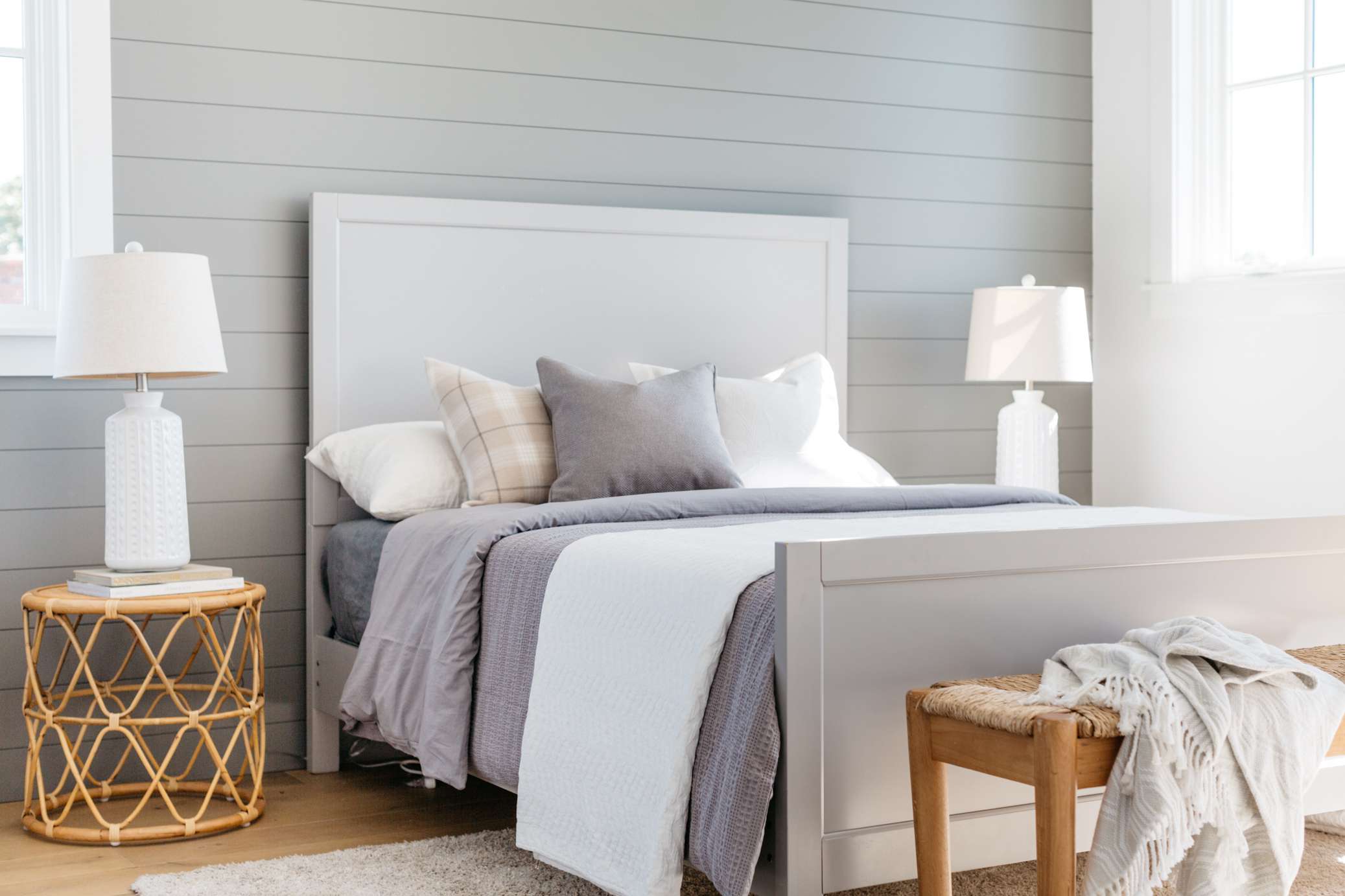
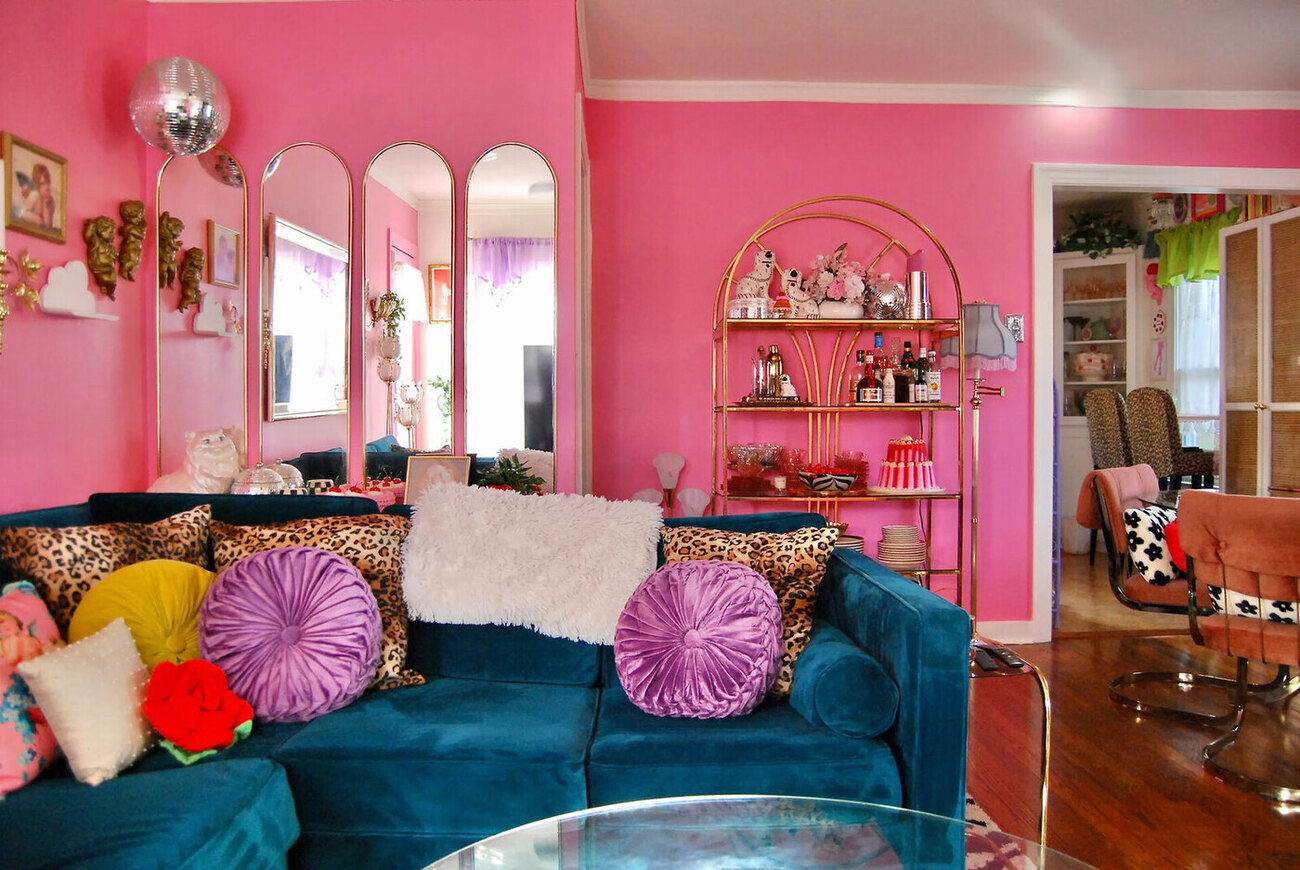
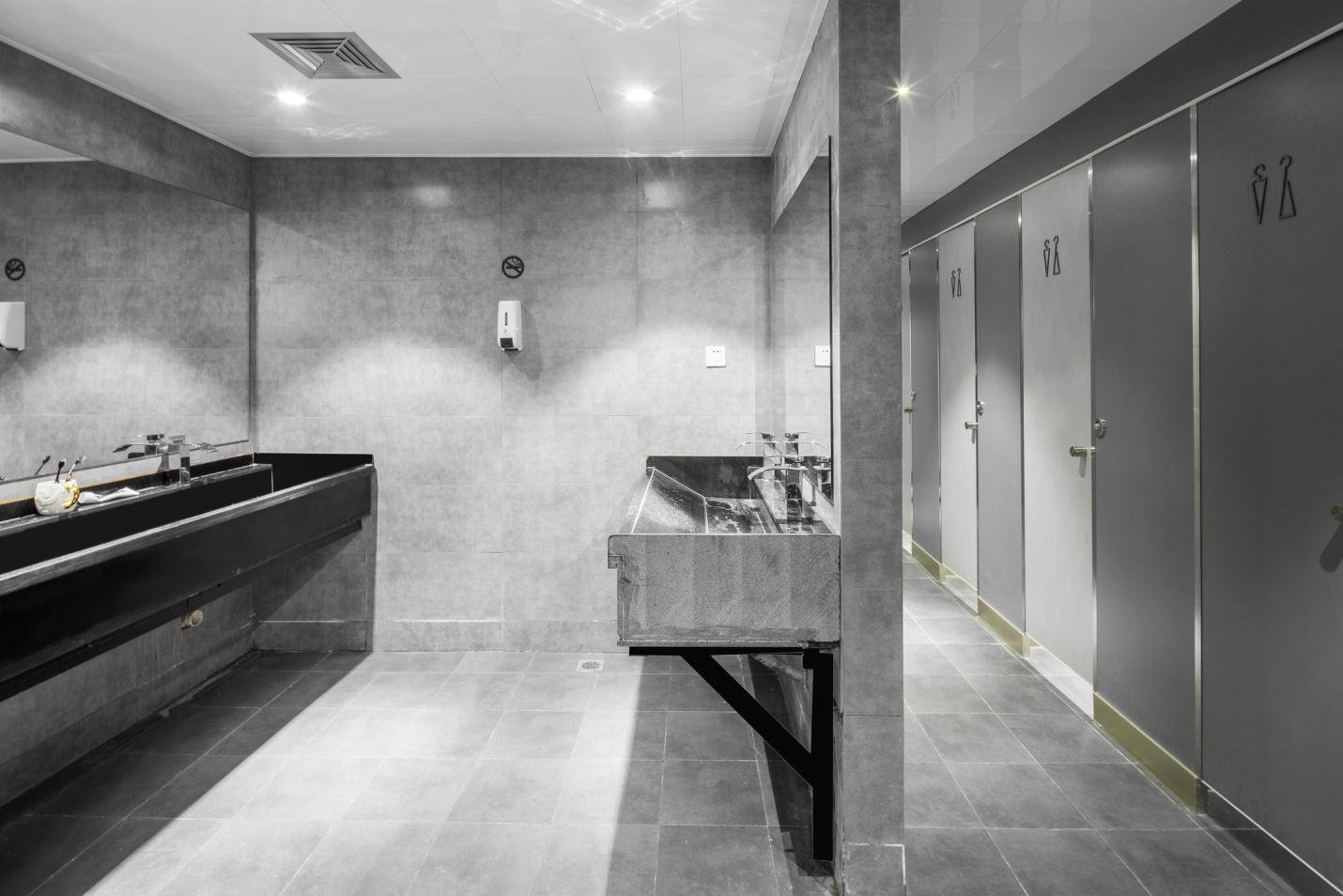
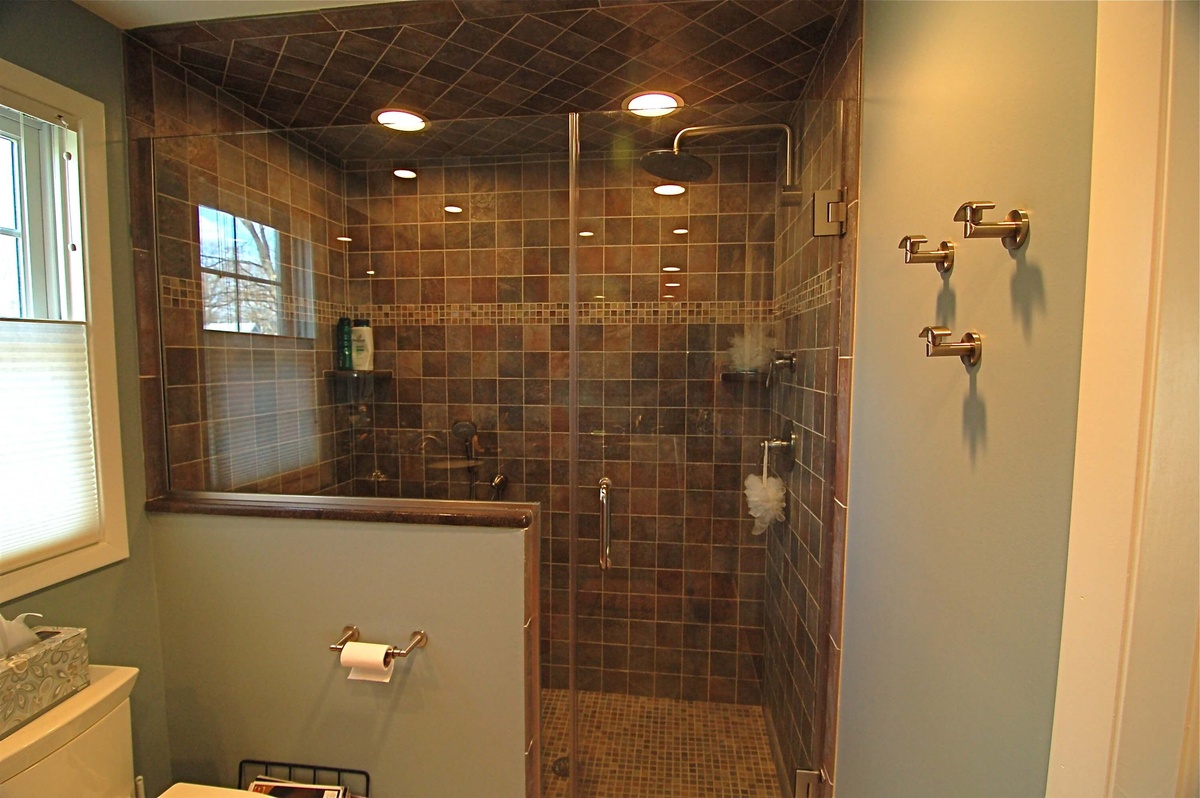

0 thoughts on “Emily Henderson: Design Lessons From A 1910 Farmhouse Renovation”